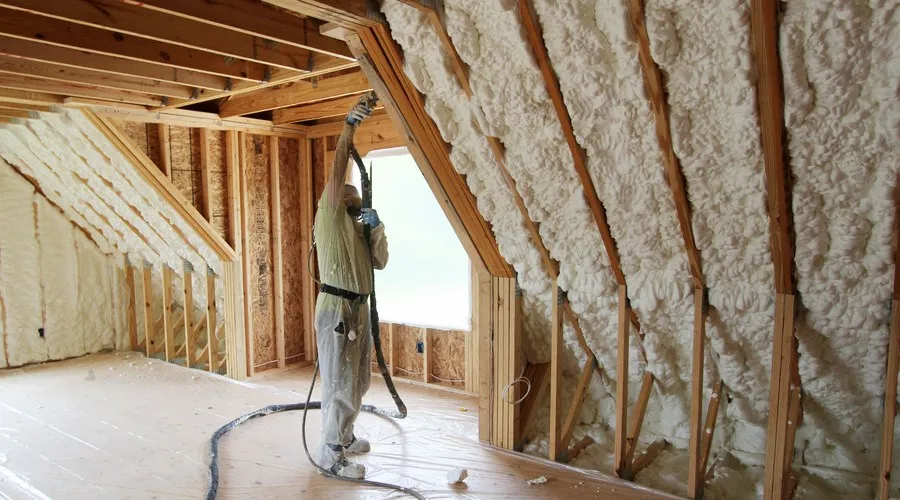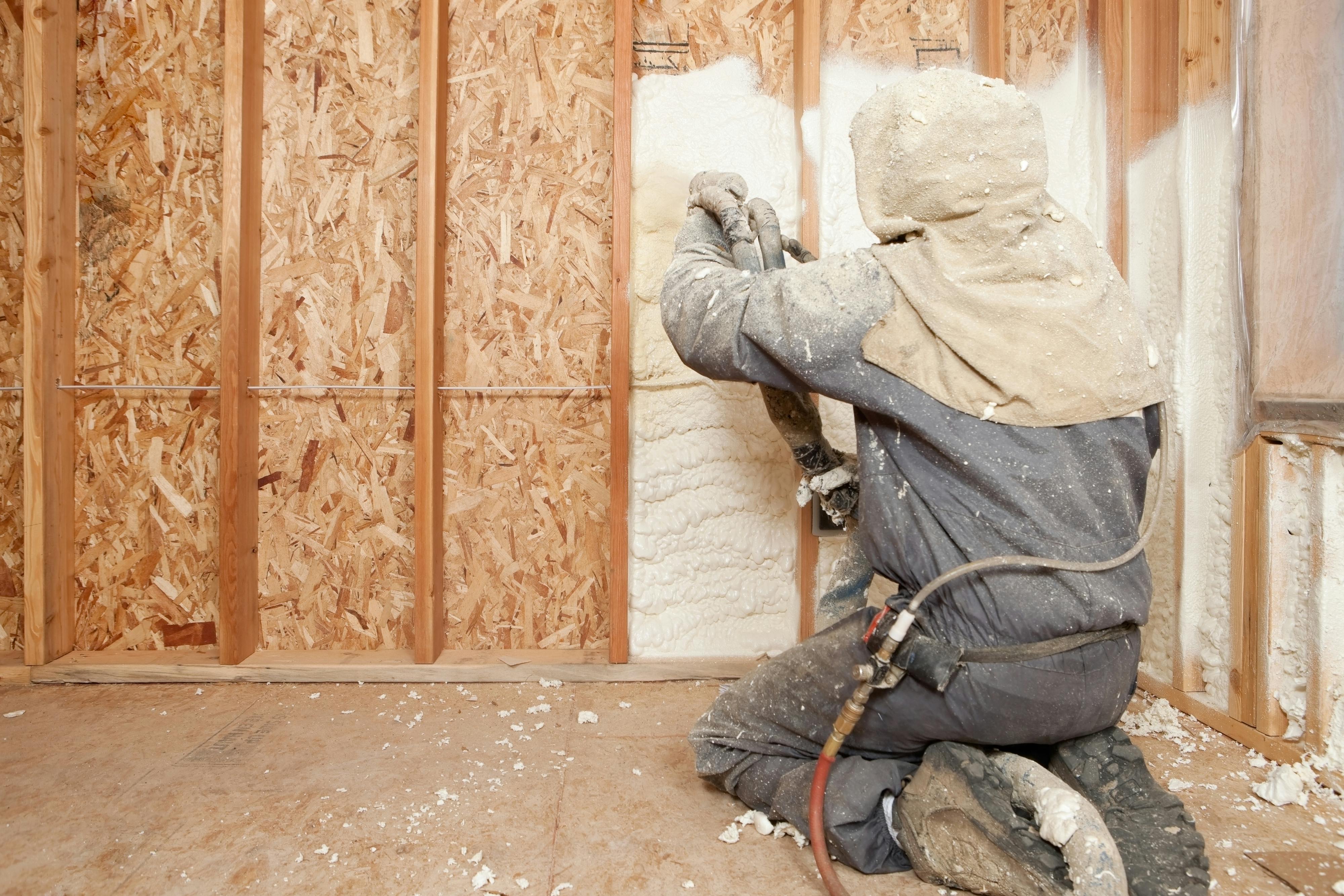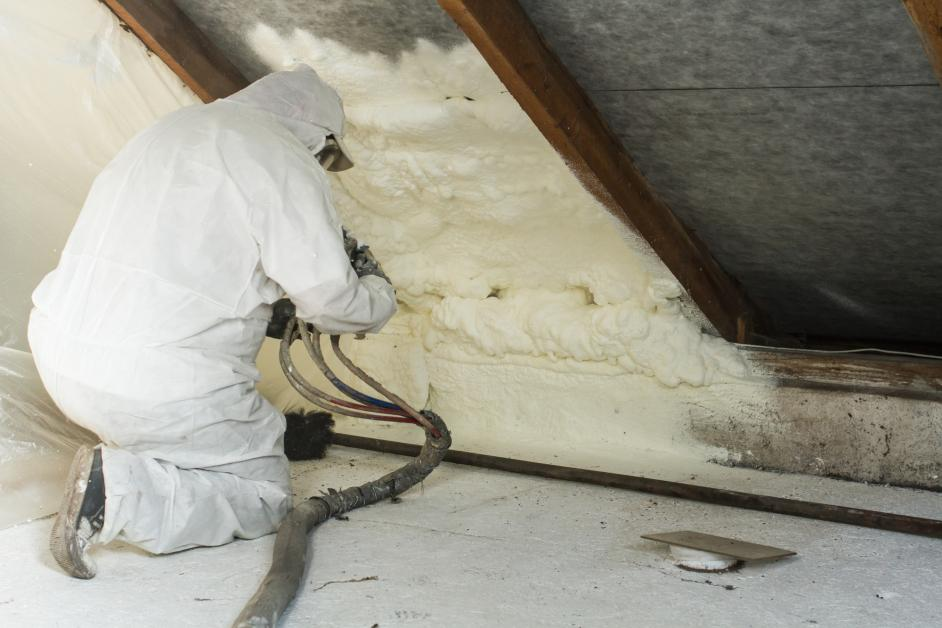Hiring the right spray foam insulation company in Bastrop, TX directly impacts the comfort, efficiency, and long-term value of a home or commercial space. With the right team, insulation upgrades don’t just seal gaps—they reshape energy costs and interior comfort levels year-round.
This guide walks through what to expect when choosing reliable spray foam professionals in Bastrop, the benefits, the process, and how to avoid common mistakes. It also offers insight into the full range of insulation services available locally.
What to Look for in a Spray Foam Insulation Company in Bastrop, TX
The quality of spray foam installation comes down to three things: proper product selection, precise application, and experienced hands. Bastrop has several providers, but only a few stand out for technical proficiency and dependable follow-through.
Ask About Local Experience
Look for insulation specialists with a solid history of projects in Bastrop. The region’s climate—hot summers, mild winters, and seasonal humidity—demands a tailored approach to foam density, ventilation adjustments, and attic sealing.
Verify Licensing and Certifications
Installers must follow local building codes and apply thermal barriers correctly, especially in residential attics or crawl spaces. Certifications from product manufacturers or building associations help confirm training standards.
Compare Quotes the Right Way
Not all estimates reflect the same scope of work. Some exclude prep or removal, while others may cut costs by skimping on application thickness. When comparing top insulation companies, ask for detailed, written breakdowns.
Services Offered by Spray Foam Experts in Bastrop
A full-service insulation company should offer more than just foam application. Below are the most requested insulation services in the Bastrop area.
Open-Cell Spray Foam Insulation
Lightweight and flexible, open-cell foam expands quickly and seals framing cavities well. It’s ideal for interior walls, attic floors, and soundproofing.
Closed-Cell Spray Foam Insulation
With higher R-values and water resistance, closed-cell foam is used in basements, crawl spaces, and metal buildings. It also adds structural strength.
Attic Retrofits
Retrofitting involves upgrading existing attic insulation by replacing old materials with spray foam or blown-in options, improving efficiency and indoor air quality.
Thermal Barrier System
To meet code and fire safety, foam installations often require an ignition or thermal barrier. These systems cover the foam to reduce flame spread.
Blown-In Fiberglass Insulation
Fiberglass is blown into attics or wall cavities for quick coverage, often combined with foam for hybrid solutions in larger homes.
Insulation Removal
Outdated or damaged insulation—especially if contaminated by pests or moisture—needs safe removal before new material is applied.
Blown-In Blanket System
Combining fiberglass with netting, this method allows full cavity fill without settling. It’s common in new residential builds.
Fiberglass Insulation Installation
Batts and rolls of fiberglass are still used in specific scenarios where cost control or moisture risks make foam less ideal.
Crawl Space Insulation
Properly sealing and insulating crawl spaces prevents moisture buildup and protects floor systems. Closed-cell foam is common in this area.
New Construction Spray Foam Insulation
New builds in Bastrop benefit from whole-home insulation with spray foam, especially for custom homes seeking long-term efficiency.
Pole Barn Insulation
For metal structures, closed-cell foam resists condensation and adds rigidity. It’s sprayed directly to the walls and ceilings.
Commercial Building Insulation
Spray foam adapts to complex layouts in commercial spaces, reducing HVAC strain and keeping interiors comfortable year-round.
Residential Spray Foam Insulation
Existing homes often need updated insulation in attics, walls, and floors. Spray foam ensures better sealing and long-term savings.
Reliable Barndominium Insulation
Barndominiums are popular in rural Texas. Spray foam helps maintain interior comfort and resists moisture transfer through steel panels.
Benefits of Working with Performance Foam Insulation Specialists
Energy-efficient upgrades often pay for themselves within a few years. Local insulation teams bring real value by understanding regional building trends and heat exposure.
Reduced Energy Bills
By eliminating gaps and air leaks, homes stay cooler in summer and warmer in winter without overworking HVAC systems.
Longer HVAC Lifespan
Well-insulated homes reduce the number of cycles heating and cooling units run. That means less wear and tear.
Improved Indoor Air Quality
Foam acts as a barrier against pollen, dust, and pests that often enter through attics or wall voids.
Moisture and Mold Resistance
Closed-cell foam in damp-prone areas like crawl spaces or rim joists helps prevent condensation buildup.
Process: What to Expect From Start to Finish
Hiring insulation specialists involves several steps. Understanding what to expect helps avoid delays or surprises.
| Step | Description | Estimated Time |
|---|---|---|
| Site Assessment | A technician evaluates attic, walls, and crawl spaces. | 1–2 hours |
| Quote & Planning | The scope of work and pricing is reviewed in detail. | 24–48 hours |
| Prep & Protection | Floors, vents, and valuables are covered. | 1 day |
| Foam Application | Material is sprayed, expands, and cures. | 1–2 days |
| Final Inspection | Team checks coverage, thickness, and seal quality. | 1 day |
Common Mistakes to Avoid When Hiring Spray Foam Experts in Bastrop
Working with an experienced team reduces errors, but knowing what to avoid ensures better decisions from the start.
Choosing Based on Lowest Bid Alone
Price should match experience, quality of product, and scope. Bargain estimates often skip key steps like removal or post-application testing.
Skipping a Walkthrough
Always request a post-installation walkthrough to verify coverage in hard-to-see areas like soffits, rim joists, or overhangs.
Ignoring Product Quality
Only trusted spray foam brands should be used—unbranded products often have inconsistent expansion or lower insulation values.
Common Questions
How long does spray foam insulation last in Bastrop homes? Spray foam insulation can last 30 years or more if applied correctly. Closed-cell types offer durability and moisture resistance, making them ideal for Texas climates.
Can spray foam be added to existing insulation? Yes, spray foam can be layered over or alongside some types of existing insulation. However, for best results, removal of old material is often recommended.
Does foam insulation reduce noise? Open-cell spray foam reduces airborne sound transfer, making it useful for interior walls or between floors in multi-level homes.
Is spray foam safe for residential use? Once cured, spray foam is inert and safe. Proper ventilation during installation ensures fumes are fully cleared before reentry.
Conclusion
Hiring the right spray foam insulation company in Bastrop, TX is a decision with long-term impact. Focus on professionals with the right tools, local experience, and clear processes. Whether for attics, crawl spaces, or whole-home upgrades, well-installed foam insulation improves efficiency, comfort, and air quality.
Ready to Achieve Year-Round Energy Efficiency?
H&R Foam Insulation LLC works directly with homeowners and builders to apply the right material in the right places. With service built around clean applications, accurate quotes, and complete walkthroughs, the team helps clients gain control over energy use and interior comfort.
Call (512)862-9637 or email [email protected] to book an assessment.
FAQs
What’s the best insulation for metal buildings in Bastrop? Closed-cell spray foam is preferred. It resists condensation, adds strength, and works well in open-frame structures like pole barns.
Can foam insulation lower cooling costs in Texas summers? Yes. Properly applied spray foam creates an air seal that reduces HVAC runtime and keeps conditioned air inside.
How soon can spray foam be applied in a new build? Foam insulation is typically installed once rough plumbing and electrical are in place but before drywall goes up.
Are there insulation rebates in Bastrop, TX? Utility companies and local programs occasionally offer rebates. A qualified installer can assist with paperwork if incentives apply.
What thickness is needed for attic spray foam in Bastrop homes? For open-cell, around 6–10 inches is typical. Closed-cell may require only 3–4 inches depending on R-value goals.
Author: With 15 years of banking experience and five years managing H&R Foam Insulation, Edith is passionate about building strong relationships with customers. Her favorite part of the role is connecting with clients and ensuring their needs are met as she works alongside them to improve the health, comfort, and energy efficiency of their homes.
Reviewer: With 7 years in the spray foam insulation business, Ella Adams offered useful feedback on this post, helping make sure the tips were both realistic and easy to apply.


